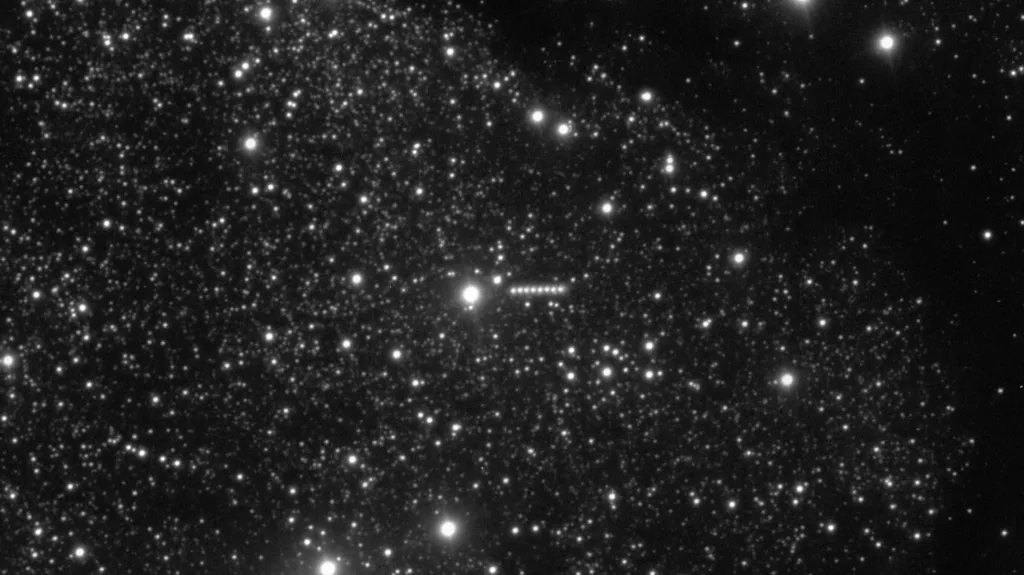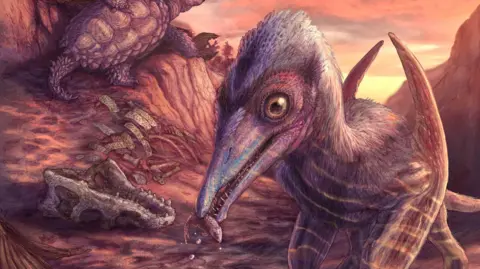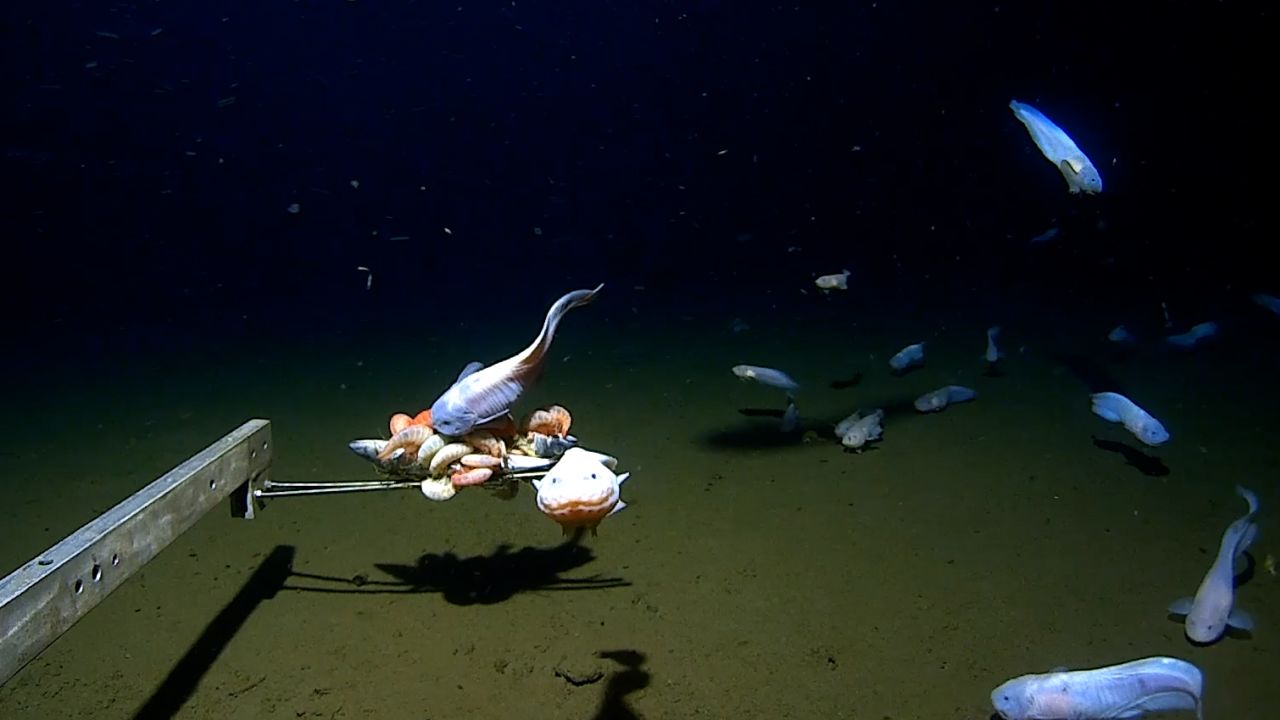Ancient Interstellar Visitor: 3I/ATLAS Could Be Oldest Comet Ever Discovered
Mystery Interstellar Object Could Be Oldest Known Comet
Astronomers are captivated by a recently discovered interstellar object, designated 3I/ATLAS, which exhibits characteristics suggesting it could be the oldest comet ever observed. Preliminary findings presented by a team from Oxford University indicate that this celestial visitor may predate our own solar system by an astonishing three billion years.
The object was first detected on July 1, 2025, by the ATLAS survey telescope situated in Chile. At the time of its discovery, 3I/ATLAS was approximately 670 million kilometers from the Sun. Since then, a global effort has been underway by astronomers to meticulously track its trajectory and gather more detailed information about its composition and origin.

Matthew Hopkins, an astronomer at the University of Oxford who recently completed his PhD, expressed the team’s profound excitement. “We’re all very excited by 3I/Atlas,” Hopkins stated, highlighting that the object could be over seven billion years old, potentially making it the most significant interstellar visitor encountered to date.
The research team hypothesizes that 3I/ATLAS originated from the Milky Way’s “thick disk,” a region populated by ancient stars that orbit the galactic center on paths distinct from the solar system’s plane. The composition of 3I/ATLAS is thought to include a substantial amount of water ice, a common characteristic of comets formed around older stars.
As 3I/ATLAS journeys closer to the Sun later this year, the solar energy is expected to heat its surface, causing ice to sublimate and release gas and dust. This process could result in the formation of a visible coma and tail, transforming it into a spectacular display for observers.
Professor Chris Lintott, a co-author of the study, emphasized the unique nature of this discovery: “This is an object from a part of the galaxy we’ve never seen up close before. We think there’s a two-thirds chance this comet is older than the solar system, and that it’s been drifting through interstellar space ever since.”
For those eager to witness this cosmic marvel, 3I/ATLAS is anticipated to be visible from Earth with the aid of amateur telescopes later in the year. This follows the discovery of only two other interstellar objects: 1I/’Oumuamua in 2017 and 2I/Borisov in 2019.
The astronomical community is also abuzz with anticipation for the full operational capabilities of the new Vera C. Rubin Observatory in Chile. Once this powerful telescope begins its comprehensive survey of the southern night sky, scientists predict it could lead to the discovery of an additional 5 to 50 new interstellar objects, opening up new frontiers in our understanding of the cosmos.



Post Comment